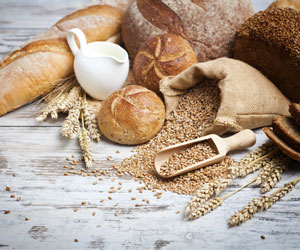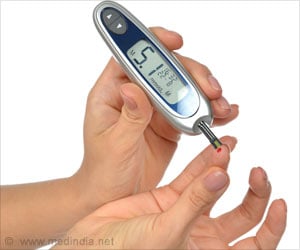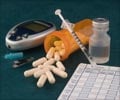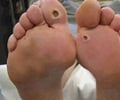A new class of anti-diabetes compounds have been discovered that helps to reduce glucose production in liver.
Highlights
- During fasting or starvation, the cells overexpress protein PGC-1 and glucose production in the liver increases.
- Using the newly identified compound SR-18292, the overexpression of the protein can be suppressed through a process called acetylation.
- This helps to reduce the over-production of glucose by the liver cells and thus maybe useful in treating diabetes.
- reducing glucose levels in the blood
- increasing insulin sensitivity
- improving glucose balance
The compound identified is called SR-18292. It modifies a protein known as PGC-1α.
The protein helps to bring about energy balance and controls genes involved in energy metabolism.
During fasting or starvation, the cells overexpress PGC-1, and the production of glucose in the liver increases. Using the compound, the function of PGC-1α is modified through a process called acetylation and the glucose production is reduced.
"This protein was generally considered non-druggable," said Griffin. "But the team approached the problem through the process of acetylation, which means we can influence the protein's behavior indirectly. SR-18292 increases acetylation of PGC-1, which in turn shuts down glucose production in liver cells."
"After the screening process found several potential candidates, the TSRI team designed derivatives of those initial hits," Griffin said. "We selected this compound based on its ability to induce acetylation and the fact that it had good pharmaceutical properties-so we could use it in animal models of Type 2 diabetes."
The small molecules could also be developed as either a single agent to treat diabetes, or used in combination with current anti-diabetic drugs.
The study was led by Pere Puigsever of Harvard Medical School and the Dana-Farber Cancer Institute and included Patrick Griffin, co-chair of the TSRI Department of Molecular Medicine, and Theodore Kamenecka, TSRI Associate Professor of Molecular Medicine.
The findings are published in journal Cell.
Reference
- Kfir Sharabi et al. Selective Chemical Inhibition of PGC-1α Gluconeogenic Activity Ameliorates Type 2 Diabetes . Cell; (2017) DOI: 10.1016/j.cell.2017.03.001
Source-Medindia













